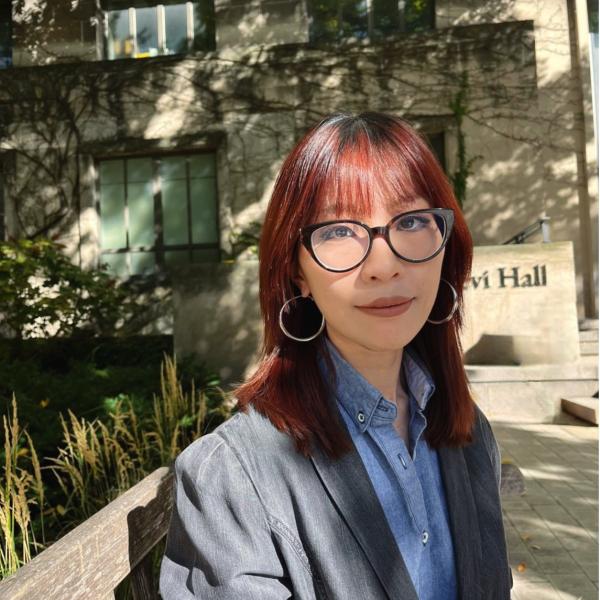
Did anti-Asian racism exist before the nineteenth-century pejorative concept of “the Yellow Peril”? Or before the late eighteenth-century taxonomic invention of “the yellow race”? Despite premodern critical race studies’ established discussions on race’s long historical presence over the last three decades, the racialization of Asians in the early modern period—especially in the Asia-Pacific region—is still a blind spot. My scholarship tackles this lacuna. Through close analyses informed by critical race studies, gender and sexuality studies, performance studies and Christian mysticism, I explore how colonial agents perceived Asians through tropes of racial differences in the context of transpacific missions, commerce, and slave trade. I further place the premodern past in conversation with the present to examine how these incipient forms of anti-Asian racism might expand contemporary formulations of Afro-Asian solidarity, whose legacies are often muddled amidst the Black/White racial binary and the ongoing essentializations of Asians as the “preferred” minority within ideologies of orientalism and white supremacy.
I am currently completing my dissertation titled “Asian Coloring: The Construction of Race in the Ecclesiastical Archives of the Early Modern Transpacific.” “Asian Coloring” examines the racialization of Asians in the literary and religious texts from the seventeenth-century and early eighteenth-century Spanish East Indies and Mexico. Employing an interdisciplinary method that combines the close reading of archival sources with premodern critical race studies’ approaches to rethinking historicity and periodization, “Asian Coloring” unfolds the interplay of color, sexuality, religion, and materiality in the transnational construction of racial ideas in the Spanish empire. I argue that the racialization of Asians in the early modern transpacific is characterized by a chromatic instability, wherein Asians were perceived through an expansive array of physiognomic and hermeneutic references to Blackness, whiteness, brownness, orientalism and ornamentalism. This chromatic instability in turn demonstrates conflicting discursive strategies by Spanish colonial officials to justify the advance and failure of spiritual conquests in Asia, as well as the enslavement and the domestication of migratory Asian subjects.
Publications:
“Chinos Before the Yellow Race: Catarina de San Juan, the Achinada Mystic of New Spain.” Under review at Colonial Latin American Review.
“The Scenic/Sensorial Alacena: A Feminine Interplay Between Visuality and Tactility in La dama duende.” Romance Notes 62.3 (2022): 563-77.
“A Metatheatrical Reading of the Baroque and the Neobaroque Text: Entremés del retablo de las maravillas (1615) and De donde son los cantantes (1967).” Symposium: A Quarterly Journal in Modern Literatures 73.4 (2019): 233-46.
Teaching Experience:
CMLT 21090/31090 Spectral Archives: Asian Diasporic Literature in the Americas (Winter 2025, Instructor of Record)
SPAN 24202/34202 Don Quixote (Spring 2022, Course Assistant)
HUMA 11000 9 Readings in World Literature I (Fall 2021, Writing Intern)
Workshops:
Early Modern and Mediterranean Worlds Workshop (Coordinator: 2021-22, 2023-24)
Gender and Sexuality Studies Working Group, The Center for the Study of Gender and Sexuality (Coordinator: 2022-23)
Selected Awards, Fellowships and Grants:
Paul Oskar Kristeller Fellowship, The Renaissance Society of America, 2024
Center for the Study of Gender and Sexuality Travel Grant, University of Chicago, 2024
Race, Humanities and Social Science Dissertation Incubator, Center for the Study of Race, Politics and Culture, University of Chicago, 2023-2024
Center for East Asian Studies Dissertation Research Grant, University of Chicago, 2023
The Amy Williamsen Award for outstanding graduate student presentation at GEMELA (Grupo de Estudios sobre la Mujer en España y las Americas)’s biennial conference, 2022
Neubauer Family Distinguished Doctoral Fellow, 2019-present
Languages:
Main: Spanish, Mandarin/ Classical Chinese, Portuguese, Japanese, Latin
